A new study evaluates gravity using string theory, a promising candidate for describing particle interactions at their most fundamental level.
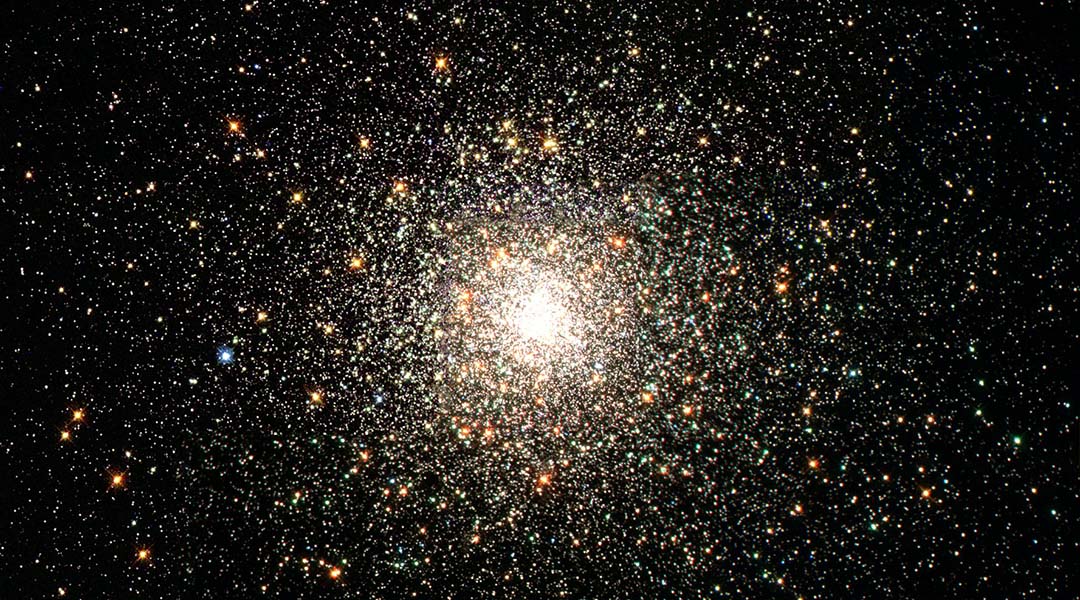

A new study evaluates gravity using string theory, a promising candidate for describing particle interactions at their most fundamental level.
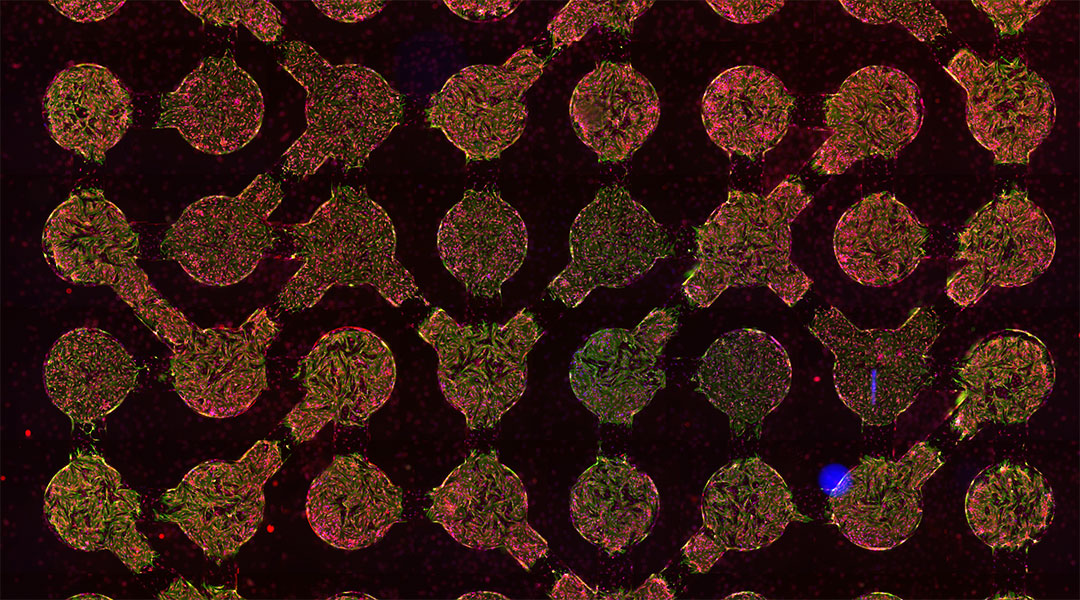
A biocomputer built from connected heart cells solves computational problems with high accuracy and at a low computational cost.

Splitting water with light via photocatalysis to create hydrogen could help reach net zero emission goals if the process can be scaled up.
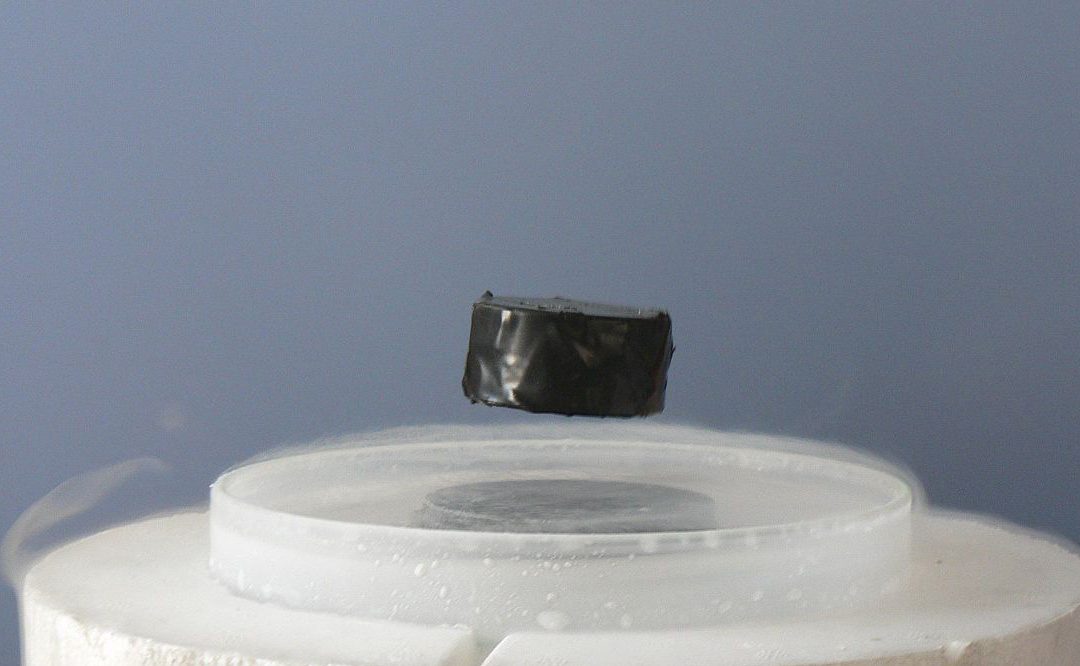
Understanding room temperature superconductivity one step closer thanks to researchers looking at the effects of pressure.
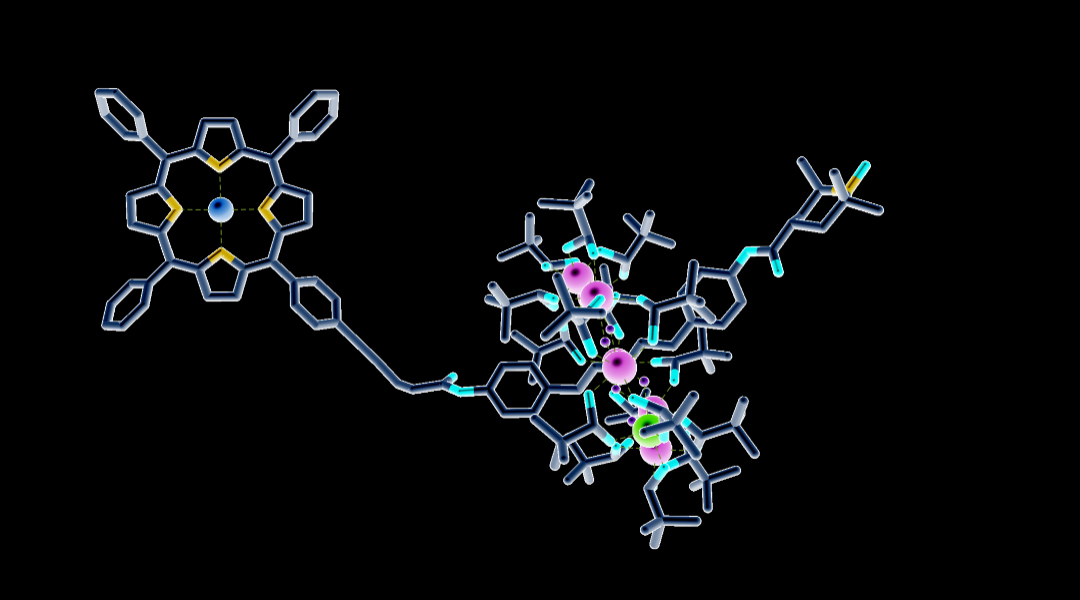
A molecular complex was built to contain three distinct qubits, offering an intriguing architecture for future quantum computers.
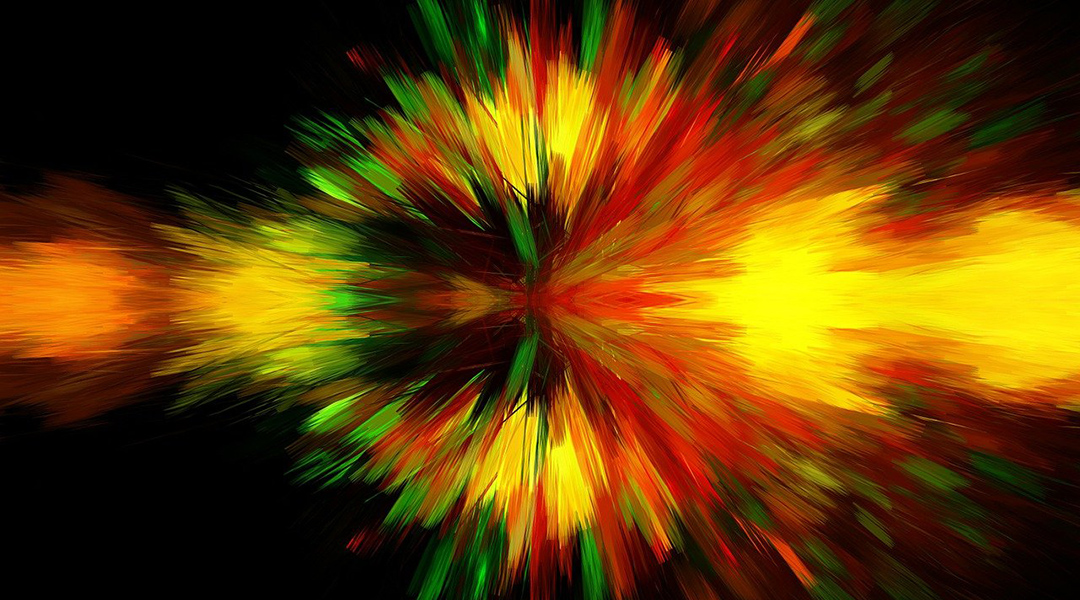
A new experimental technique could push the capabilities of particle accelerators in exploring the subatomic world.

Automated molecule design through machine learning helps scientists identify and synthesize a new polymer electrolyte for lithium-ion batteries.
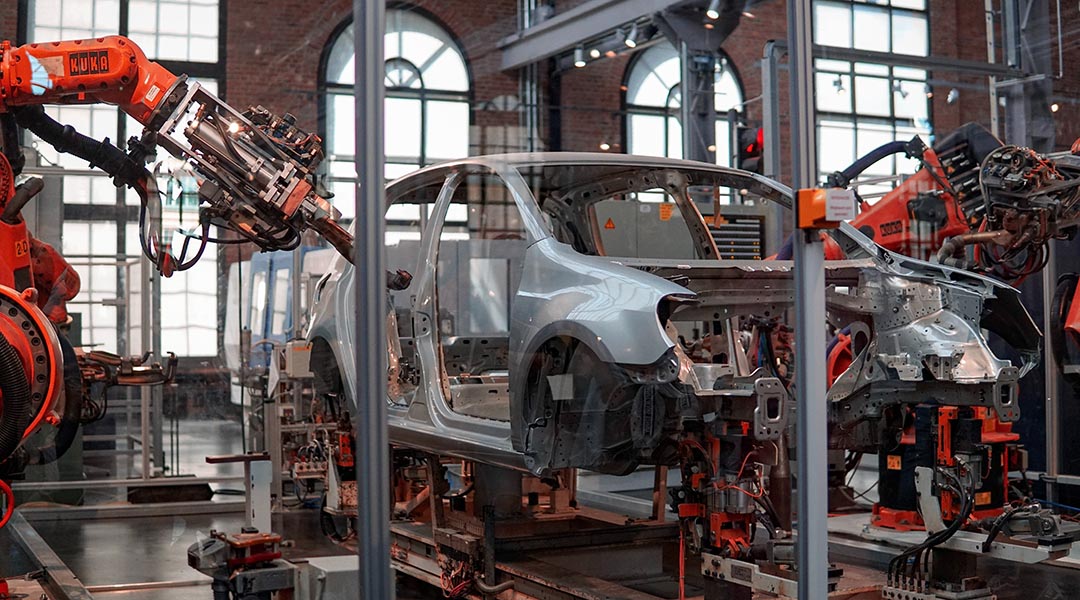
Researchers calculate the automation risk of almost 1000 existing occupations and provide alternatives based on skill set.
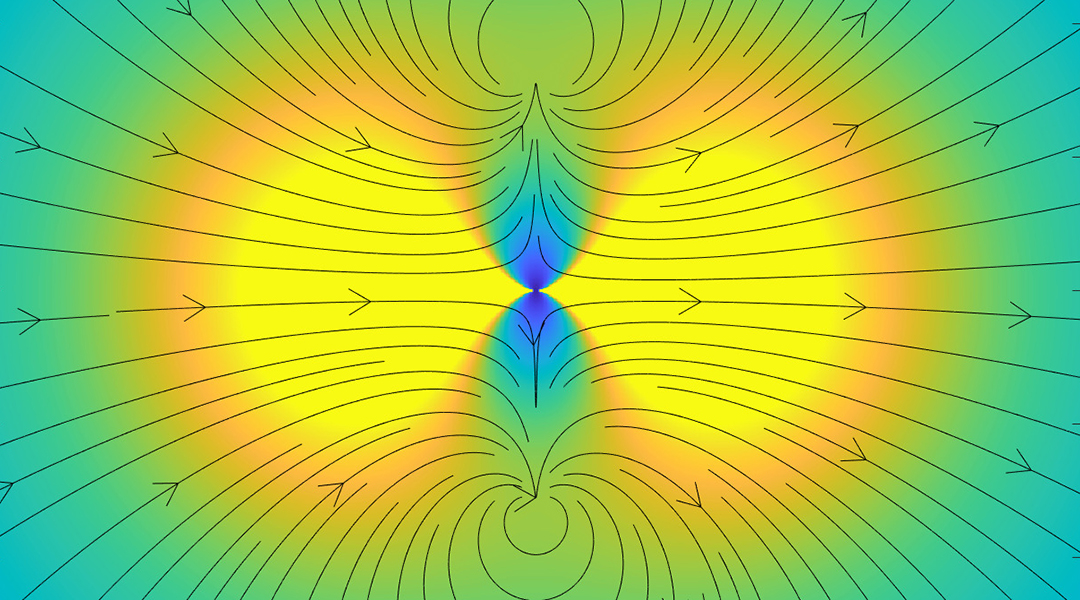
A new thought experiment explores the interface between quantum mechanics and general relativity using the transfer of information.
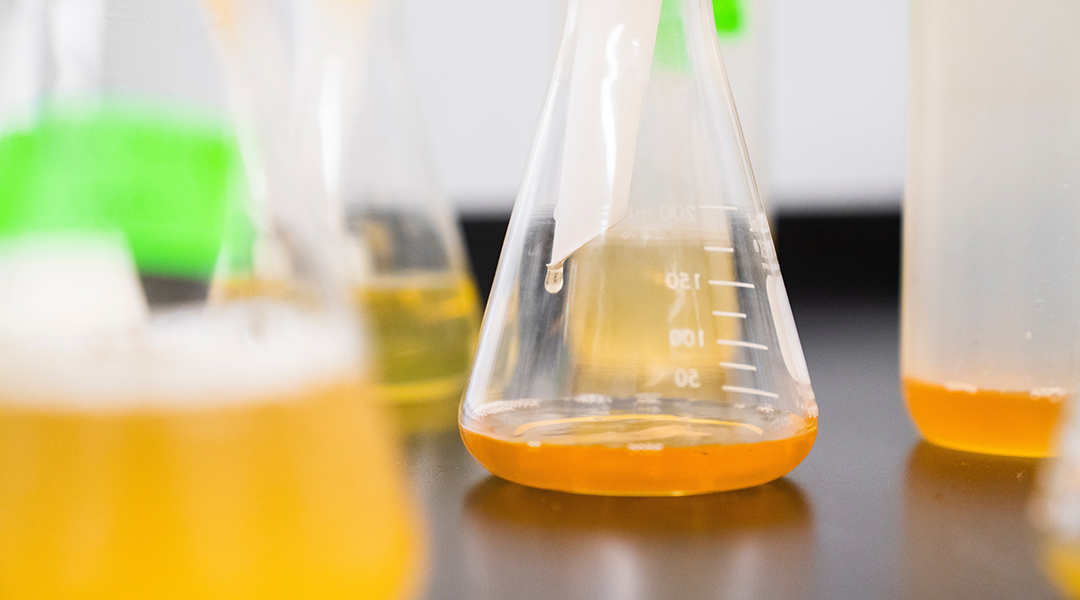
Exploring how scientists can develop efficient, solar-powered reactions to convert carbon dioxide to useful chemical feedstocks.